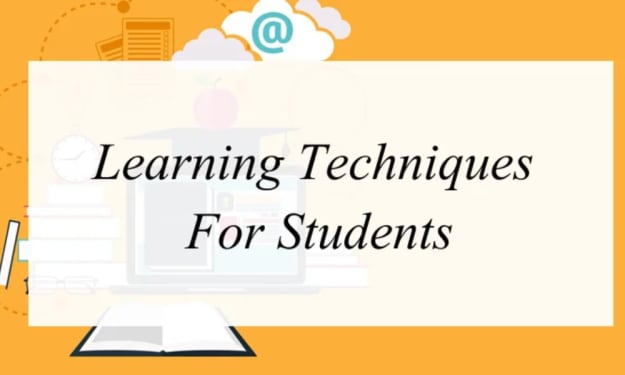How to poverty impact on the economy and education
Economy

Start writing...Poverty is a global socio-cultural phenomenon usually examined from an economic perspective. In behavioral studies, research on poverty largely focuses on the familial and social aspects of the background of people experiencing poverty, with the majority of research being carried out on children.
poverty perpetuation is likely the outcome of the interplay of various forms of non-productive behaviors such as inappropriate economic decision-making, or lack of own healthcare. These factors, in particular those related to economic decisions, are often labeled as causes of poverty.
The much progress has been made in measuring and analyzing poverty, the World Bank Organization is doing more work to identify indicators for the other dimensions of poverty. This work includes identifying social indicators to track education, health, access to services, vulnerability, and social exclusion.
Type of poverty
*Absolute poverty
Absolute poverty is poverty that is unrelated to a particular economic or social context. In other words it is a general definition of poverty which is valid at all times and for all economies. Agreeing such a definition is extremely hard to do.
*Relative poverty
It can be argued that poverty is best understood in a relative way – what is poor in New York is not the same as in Mumbai.
One approach is to look at ‘deprivation’, the poor being defined as those who are deprived from the benefits of a modern
*The Human Poverty Index – HPI
The Human Poverty Index (HPI), which was introduced in 1997, is a composite index which assesses three elements of deprivation in a country – longevity, knowledge and a decent standard of living
The impact of poverty on education.
Impact of poverty on education is therefore a very important topic of discussion. In fact, there are actually in many ways poverty affects students’ educational experiences, whether it’s through performance in the classroom or how long they can stay in school altogether.
1.Food, shelter, and clothing have long remained the basic needs of every individual, and education has become the fourth essential need. Therefore, the links between poverty and education are very important issues to discuss. Children’s education is strongly affected by a number of factors, including society, parent education, income, etc. Poverty hinders a child’s education in many ways. There are many reasons, for example lack of food, health reasons, lack of money to buy school supplies such as bags and books. Lack of school nearby is another problem for those living in rural areas. Another reason may be that children in the neighbor -hood do not attend school.
*Their helplessness is being exploited by the drug mafia.
As a result, students who live in areas where drugs are readily available will probably struggle academically because they’re more likely to get involved with drugs as well.
Children from poor families are preferred for some jobs in factories and offices as helpers.
It is impossible for them to have a bright future in small factories.
The parents don’t realize how much they are spoiling the future of their children
The income of the family has a significant impact on children’s educational outcomes.
Education and poverty do not mix is a hundred percent accurate statement.
In addition to not having any food, poor households lack a desk or chair to study at their home.
Electricity is not available in many homes.
Households with no electricity and water present greater difficulties to children.
Thus poverty makes it difficult for homes to provide a good learning environment.
Families living in poverty don’t have access to tutors, scholarships or counselling that can help their children succeed academically.
Students with disabilities are often neglected in schools, especially those in low-income areas.
How poverty be eradicated.
The concept of food security describes conditions in which all people have access to sufficient, safe, and nutritious food to meet their dietary needs and food preferences for a healthy, active lifestyle. In order to achieve food security, there are three closely related factors, which are availability of food,
Modernizing cultivation techniques is one way to achieve this.
In the agricultural sector, development should be targeted toward productivity, income, and sustainability.
Productivity should be achieved in both cereals and cash crops.
A flood avoidance plan, a water conservation plan and an erosion control plan should be developed.
Depending on the amount of water and the nature of the soil, scientific cropping patterns should be determined.
Fruit crops should be encouraged in backyards.
Agricultural development based on multi-crop system should be implemented.
About the Creator
Enjoyed the story? Support the Creator.
Subscribe for free to receive all their stories in your feed. You could also pledge your support or give them a one-off tip, letting them know you appreciate their work.





Comments
There are no comments for this story
Be the first to respond and start the conversation.